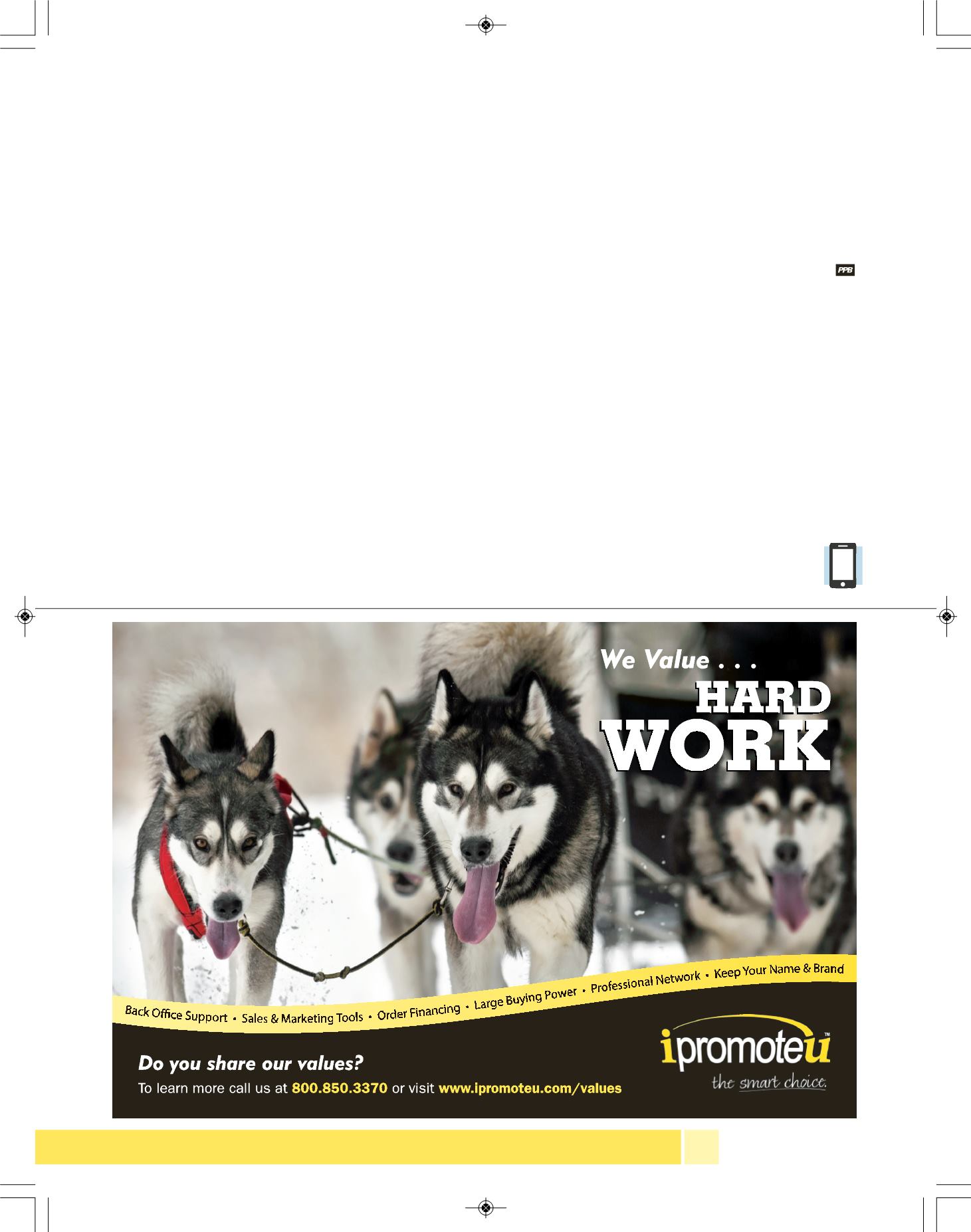

proposed rulemaking published in the
November 21, 2013,
Federal Register
. This
rule deals with voluntary recall notices, but
also allows the CPSC to mandate compli-
ance programs as part of corrective action
plans (CAP). The requirements for safety
programs are the same as those in the civil
penalty settlement agreements described
above.
This proposed interpretative rule also
provides that the corrective action, including
an agreement as to the establishment of a
safety program, is legally binding. Therefore,
if this rule is approved, the CPSC would be
able to legally enforce the compliance pro-
gram if the company does not comply.
It is unclear how the CPSC will be able
to evaluate the procedures and controls of the
manufacturer or product seller and determine
whether they are insufficient or ineffectual.
Who will do it? When will they have time to
do it? What is the basis of their determina-
tion? Will the recall be postponed until this
analysis is done?
The comment period ended in February
2014 and all that remains is to wait until the
staff and commissioners decide what to do.
A Final Caution
It is certainly possible for a company to
have a robust safety program and to have
information that the CPSC believes should
be reported, but not to report it because the
company does not believe there is a defect
or substantial product hazard. So, reasonable
minds may differ. But, that doesn’t justify
imposing new procedures on a manufacturer
who may already have sufficient programs
in place.
Manufacturers should consider all of
these requirements and evaluate their own
programs. They should also consider the new
ISO standard (ISO 10377), which sets forth
some best practices in safety management as
well as other studies and reports on what is
an effective product safety management pro-
gram. (See articles at www.productliabili-
typrevention.comregarding the new ISO
standard and other product safety manage-
ment best practices.)
Most companies don’t do a sufficient job,
especially as they begin to sell globally and
have to monitor safety issues and incidents
around the world. Therefore, it would be pru-
dent for any company to pull their safety pro-
gram out of the file cabinet and take a look at
it with fresh eyes.
Being proactive about complying with
these requirements before you have a safety
problem is the prudent and responsible thing
to do. Dealing with these issues after a prob-
lem arises increases the risk of it turning into
a huge problem for your products and your
company anywhere the product is sold.
MAY 2015 •
PPB
• 63
Kenneth Ross is a former part-
ner and now Of Counsel in the
Minneapolis, Minnesota, office
of Bowman and Brooke LLP
where he provides legal and
practical advice to manufactur-
ers and other product sellers in
all areas of product safety, reg-
ulatory compliance and product
liability prevention including
safety management, recalls and
dealing with the CPSC. He can
be reached at 952-933-1195 or
kenrossesq@comcast.net.Access his other articles at
www.productliability
prevention.com.
201505_ProductSafety_PPB 2013 4/15/15 9:39 AM Page 63
















